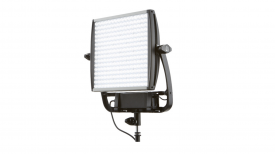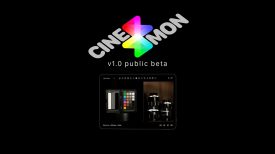
Zacuto today announced a new version of their Gratical HD electronic viewfinder, which is smaller, lighter and easier to rig than the current models. The Gratical Eye is – as its name suggests – eyeball-shaped, and is much smaller than the original Gratical HD, weighing just 14 oz. It has exactly the same high quality OLED display, the same optics and diopter adjustment, and the same excellent (and comfortable) rubber eye cup.
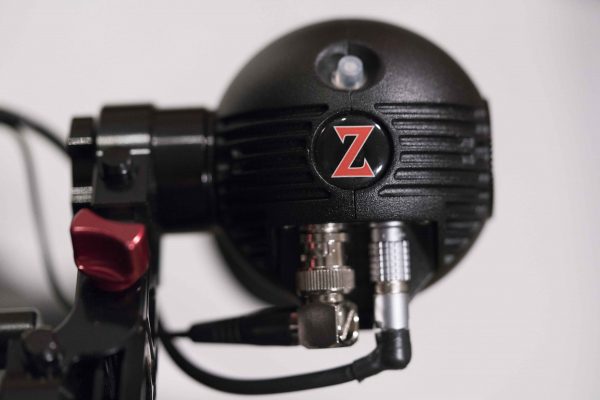
Construction is first rate and it feels incredibly solid – although I didn’t try dropping it to check (although I’m sure Zacuto will do one of their videos where they run it over with a car or suchlike). One new feature is a proximity sensor that shuts off the screen moments after you take your eye away from it. This should help avoid any screen burn. They’ve also added an external tally light and a very nice optional custom power cable which combines a BNC with a 2 pin Lemo to powertap, with handy right-angled connectors and added braiding for robustness. Talking of lemos the connector on the Eye actually senses the polarity of the two pin cable attached – which should prevent any accidental burnt out circuits. It was pretty much the perfect length for my FS7 set-up.
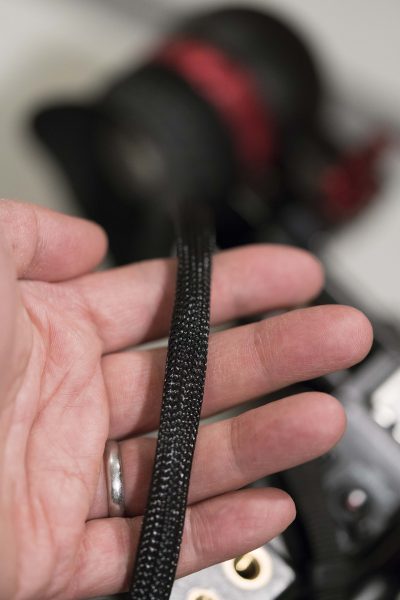
The trade-off for the smaller form factor is that it has no battery, HDMI connections, SDI output or HDMI/SDI cross-conversion. There is a single SDI connection and a lemo connector for power. The Gratical Eye is ideally suited to cameras which output SDI and either have built-in power taps, or accept batteries with power taps like the popular Swit BP-U replacements.
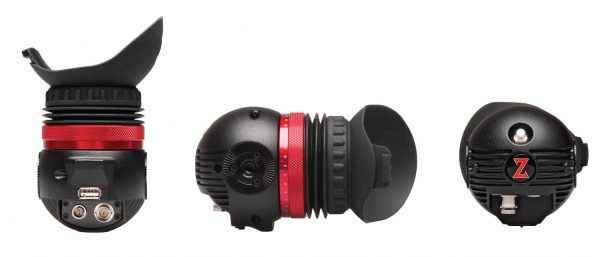
It has ARRI-style rosettes on either side to allow for flexible mounting. If you want the SDI and power cables to face down you can attach the EVF on one side, face up, and simply use the rosette on the other side and spin the rubber eyecup around.
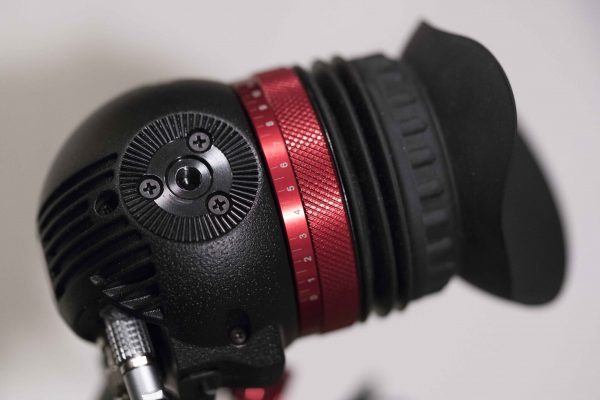
There is a single multi-direction toggle that allows the user to scroll through the menus. You can also assign presses in a specific direction to engage features like focus assist, peaking etc. Speaking of functions, the Gratical Eye has Zacuto’s full range of software features including scopes, LUTs and two forms of peaking.
Surprisingly, there isn’t a power button. This is perhaps my only real concern. Instead, the EVF has a deep sleep feature that engages after several minutes without use. This is great if you forget to power down – something I’ve done several times before when running the older Gratical from batteries. It does mean that if you are going to store your camera for any length of time with the EVF attached you might want to unplug the power connector to prevent it accidentally draining the battery. This is something I want to test more.
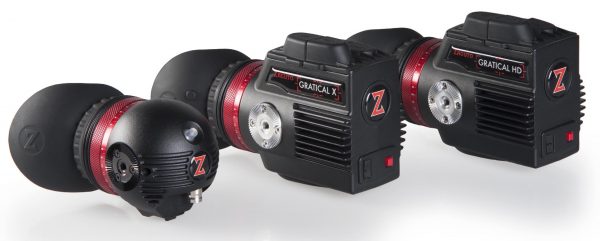
The Gratical Eye isn’t a direct replacement for the Gratical HD or Gratical X and there are still reasons why some users will prefer those. Probably the biggest is the lack of outputs and cross-conversion. If you do a lot of monitoring on set and use your EVF as part of an output chain then you’ll still be better off with the older models. If you use a DSLR or mirrorless camera with HDMI but not SDI outputs then you need to either convert the signal going into the EVF using an external box, or use a recorder like the Atomos Shogun or Convergent Design Odyssey 7Q+ to cross-convert to SDI.
In use I found it to be every bit as good as its sister EVF the Gratical X, which I own. That means it was easy to focus with and gave me great confidence that my shots were sharp and well exposed. As with the other Gratical EVFs, the only thing to watch for is a slight colour-shift if your eye is not dead in the centre of the eyecup.
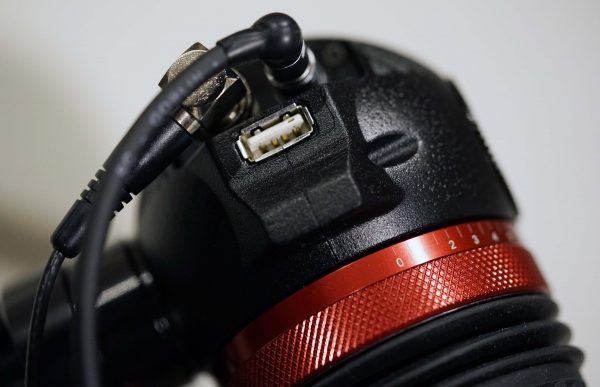
In my short period of testing I found the EVF really transformed my shooting experience with several mid-sized cameras. The Canon C300 and Sony FS7 in particular benefitted from using the smaller finder. I attached it using the Zacuto Axis adjustable EVF mount which meant I could put it exactly where I wanted it. The overall balance of the camera and rig was much easier to get right and I no longer had my FS7 toppling over to one side – something which happened from time to time with the older model. Attaching a mattebox is also much easier than with the Gratical HD
I also tried it on my ageing Sony F3 and found it vastly improved the ergonomics of the camera. It was great to be able to power the EVF from the same Swit battery as the camera. The whole package balances very nicely with a Zacuto VCT and a wooden handgrip. If you can live without the extra features – if you can power it and have an easy way to supply SDI to it – then it’s a great, compact and shapely option (and it does offer a few bonuses of its own, of course). I loved working with it.
The Eye is available to order immediately for $1950 US and shipments are due to commence on April 25th 2016.




